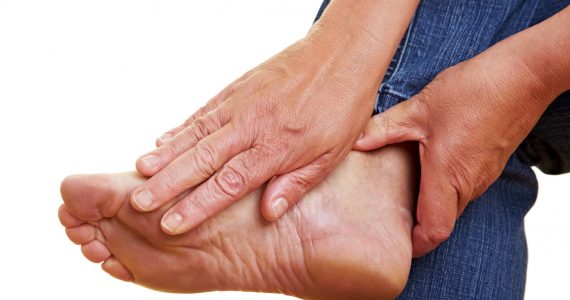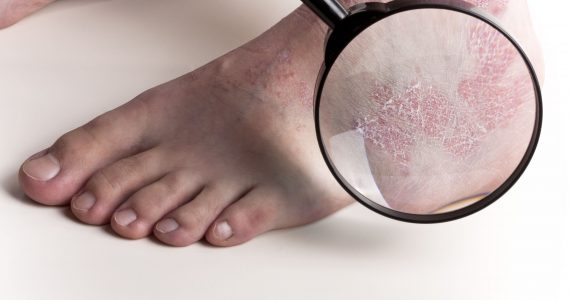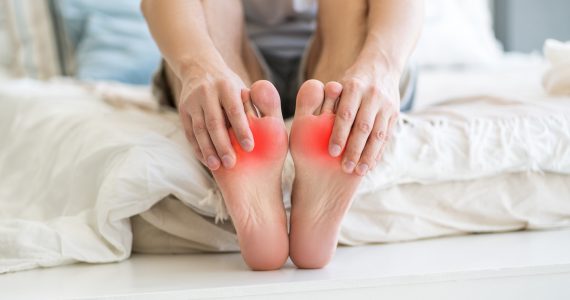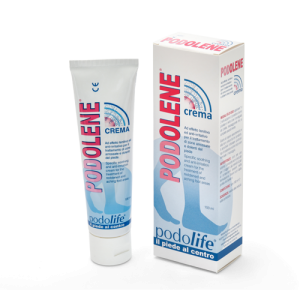
What is plantar fasciitis?
Plantar fasciitis is an inflammation of the plantar fascia, or rather the flat band of fibrous connective tissue that stretches from the medial region of the calcaneus (heel bone) to the root of the toes.
This structure is divided into three parts (medial, central and lateral) and its job is to transfer the force exerted by the triceps surae muscle to the toes, while its elastic properties allow a vast quantity of energy to be expended with every stride or jump.
Inflammation of the heel bone is called “proximal”, while if the inflamed area is the medial part of the foot it is given the name “distal”.
This is a very frequent problem for those taking part in competitive or amateur sports, especially runners, footballers, rugby layers, ballerinas, athletes and all sports in which the feet are subjected to systematic stress and impact.
In walking, running and jumping, the connection between the plantar fascia and the heel bone is stretched considerably.
What are the symptoms of plantar fasciitis?
The main symptom of this inflammation is pain which can affect various points of the sole of the foot depending on the patient.
It can be felt in the heel, in the centre of the sole up to the toes, or in other cases can affect the back of the leg.
What are the causes of plantar fasciitis?
Plantar fasciitis is caused by excessive and repeated loading of the fascia.
The causes can be broken down into:
- Direct biomechanical: postural defects that put more stress on the plantar fascia.
- Indirect:
- flat feet or claw feet
- rigid Achille’s tendon
- unsuitable footwear
- overweight and obesity
- incorrect training habits
- contraction or weakness in some leg muscles
Treatment of plantar fasciitis
The treatment of plantar fasciitis mainly consists of resting and controlling the tissue inflammation. While resting it is essential to suspend training and to avoid walking or standing for too long a period. If necessary the patient can also use crutches to take the weight totally off the painful foot. Resting will reduce the local inflammation and prevent the fasciitis from becoming chronic.
The pain should not be underestimated and physical activities should not be continued by taking painkillers to manage the pain. To attenuate the shooting pains (especially in the heel) and reduce the inflammation the following can be used:
- a bag of ice or a bottle of iced water placed on the painful area for around 15 minutes, three or four times a day.
- Insoles and podiatric orthoses are often the answer for permanently eliminating plantar fasciitis, making it possible to continue the sports activities or work painlessly.
- The doctor may also prescribe painkillers such as paracetamol or non–steroidal anti–inflammatory drugs (NSAIDs).
- Laser therapy and ultrasounds are safe and effective.
- The patient can also engage in some daily corrective exercises, consisting of stretching out the plantar fascia and strengthening the plantar fasciae.
- Surgical intervention is not a common option for plantar fasciitis, but in some cases it may be necessary if conservative treatment is unsuccessful.




